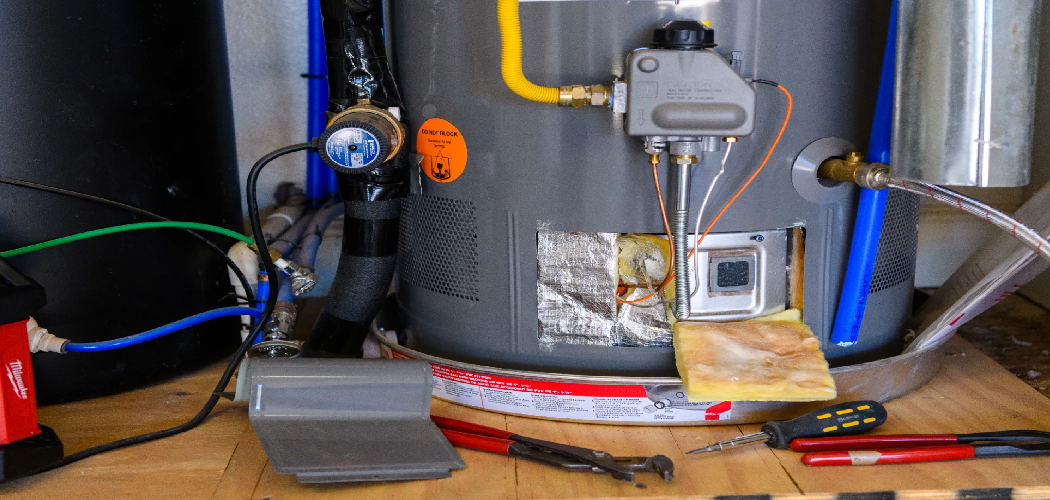Electric hot water heaters are an essential part of many households, providing a reliable source of hot water for everyday needs such as bathing, cleaning, and cooking. However, it can sometimes be challenging to determine whether your electric water heater is functioning properly or is currently operating.
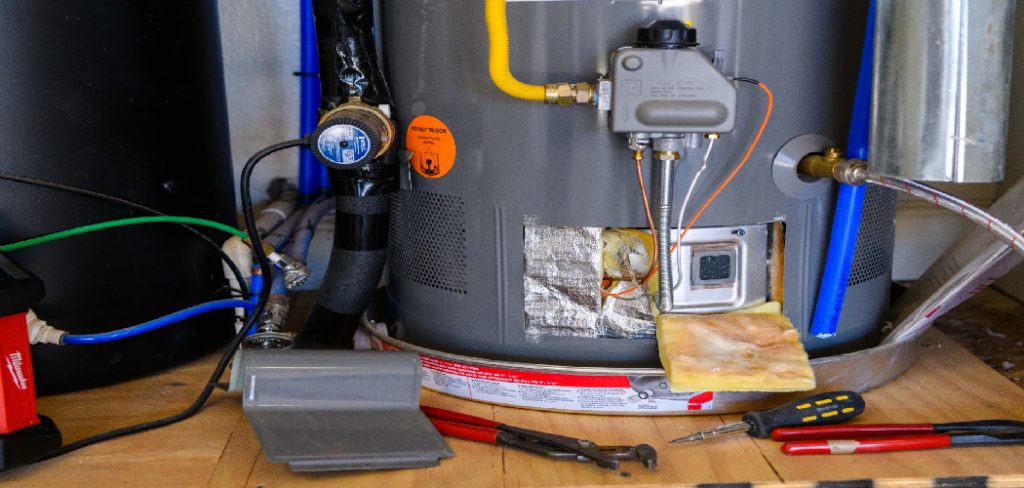
Knowing the signs to look for and understanding basic troubleshooting can help you ensure that your water heater is running efficiently and avoid unnecessary inconvenience. This guide will provide you with practical tips on how to tell if electric hot water heater is on and insights to check if your electric hot water heater is on.
Why Is It Important to Know if Your Electric Hot Water Heater Is On?
Understanding whether your electric hot water heater is operating is crucial for several reasons. First and foremost, it ensures that you have a consistent supply of hot water for essential daily activities such as bathing, cooking, and cleaning. Secondly, identifying whether the unit is running efficiently can help you avoid unnecessarily high energy bills caused by malfunctioning components or excessive power usage.
Additionally, being aware of the heater’s operational status allows you to detect potential issues early, preventing costly repairs or complete system failure. Finally, maintaining the proper functionality of your electric water heater contributes to energy conservation and supports an eco-friendly home.
Needed Materials
In order to properly maintain and monitor the efficiency of your electric water heater, a few materials may be needed. These can include:
A Voltage Tester:
This tool is used to test the electrical current running through your unit and ensure it is functioning correctly. This is especially important when troubleshooting any issues with your electric water heater.
A Thermometer:
To ensure the temperature setting on your water heater is accurate and safe, a thermometer can be used to test the hot water coming out of the faucet. This will also help indicate if there are any problems with the heating element or thermostat in your unit.
Cleaning Supplies:
Regular cleaning of your electric water heater is essential for maintaining its efficiency. Materials such as white vinegar, a soft brush, and a rag can be used to clean sediment buildup or mineral deposits that may accumulate inside the tank over time.
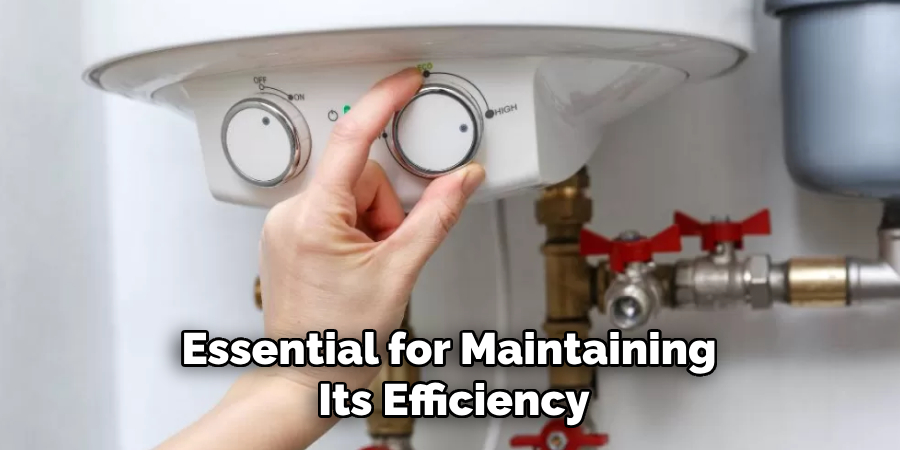
7 Simple Steps on How to Tell if Electric Hot Water Heater is on
Step 1: Check the Circuit Breaker
One of the first things to do when determining if your electric hot water heater is on is to check the circuit breaker in your electrical panel. Locate the breaker labeled for your water heater and ensure it is in the “ON” position. If the breaker has tripped and is in the “OFF” position, reset it by switching it back on.
If it trips again immediately, this could indicate a more significant electrical problem, and you may need to consult a professional electrician or a technician to inspect the unit.
Step 2: Test the Power Supply
Once you have ensured that the circuit breaker is in the “ON” position, the next step is to test the power supply to the water heater. You will need a multimeter for this task. To begin, turn off the power to the water heater at the breaker to avoid any risk of electric shock. Remove the access panel on the water heater to expose the wiring.
Carefully use the multimeter to check for voltage at the unit’s terminals according to the manufacturer’s specifications. If there is no voltage reading, the issue might be with the wiring or the breaker itself. If you do detect power, then the problem may lie within the water heater, such as a faulty thermostat or heating element. Proceed with caution and consult a professional if you are unsure about handling electrical components.
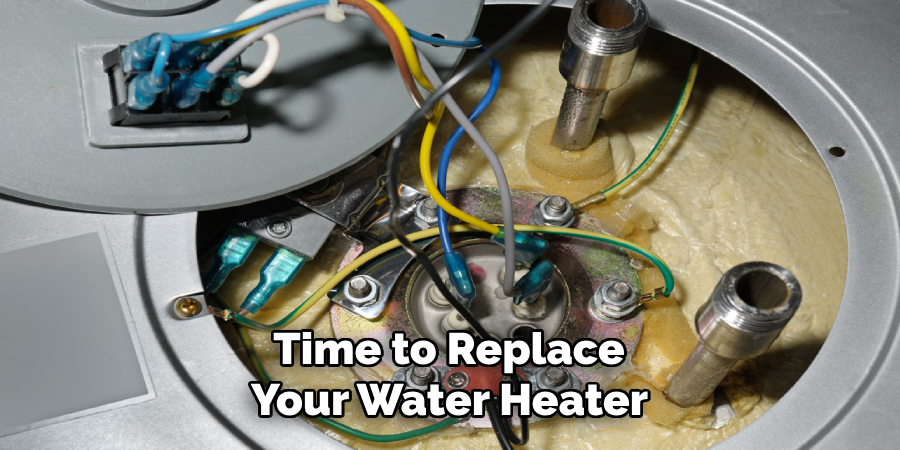
Step 3: Look for Error Codes
Many modern water heaters are equipped with digital displays or indicator lights that can show error codes when a malfunction occurs. Refer to the user manual for your specific model to decode these errors, as they can provide valuable insight into the problem.
Common error codes might indicate issues such as a failed thermostat, a malfunctioning heating element, or even sediment buildup in the tank. If you identify an error code, follow the troubleshooting steps outlined in the manual, or contact a professional technician if the problem persists. This step ensures a more precise and targeted diagnosis of the issue.
Step 4: Check the Heating Elements
The heating elements in your water heater are essential for maintaining the correct water temperature. If your water heater is not producing hot water or the water is only lukewarm, the heating elements may be faulty or damaged. To check the heating elements, first turn off the power supply to the water heater to ensure safety. Next, a multimeter will be used to test the electrical continuity of each heating element.
If one or both elements show no continuity, they likely need to be replaced. Refer to your water heater’s manual for detailed instructions on how to safely remove and replace a faulty heating element. If you’re not comfortable performing this step yourself, consult a licensed technician for assistance. Regularly inspecting the heating elements can help prevent unexpected breakdowns and maintain your water heater’s efficiency.
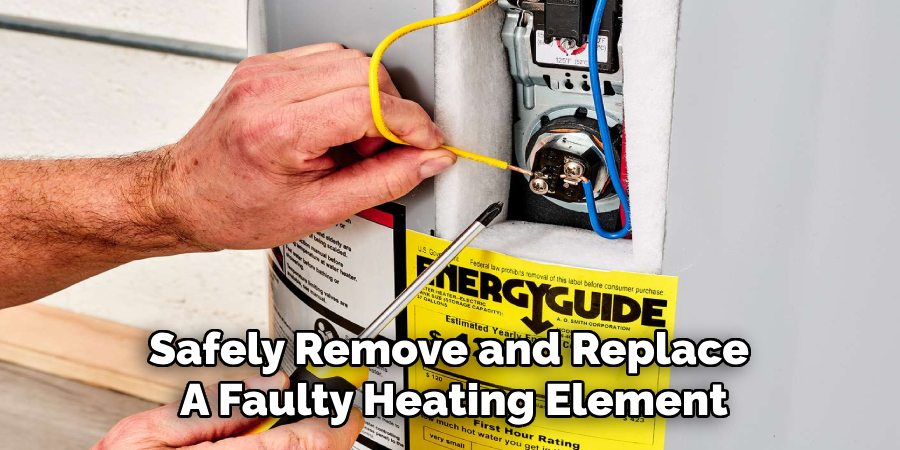
Step 5: Inspect the Thermostat
If the heating elements appear to be functioning properly, the next component to check is the thermostat. Begin by turning off the power to the water heater to ensure safety during this process. Remove the access panel and carefully take off the insulation covering the thermostat. Use a multimeter to test the thermostat for continuity and ensure it’s functioning as intended.
If the thermostat does not pass the continuity test or shows signs of damage, it may need to be replaced. Refer to the manufacturer’s manual for specific instructions on identifying and replacing a faulty thermostat. Regular thermostat inspections can help maintain consistent water temperature and prevent further issues with your water heater system.
Step 6: Check for Leaks
Inspect your water heater and surrounding connections for any signs of leaks. Start by examining the area around the tank, including the pressure relief valve, drain valve, and any plumbing connections. Look for visible water pooling, moisture around fittings, or rust stains that may indicate slow leakage.
Tighten any loose connections carefully, but avoid over-tightening as this can cause further damage. If leaks persist or the tank itself is compromised, you may need to consult a professional plumber or consider replacing the unit. Prompt attention to leaks can help … prevent water damage and extend the life of your water heater.
Step 7: Consider Flushing the Tank
Over time, sediment and mineral deposits can accumulate at the bottom of your water heater tank, reducing its efficiency and potentially causing damage. Flushing the tank at least once a year can help remove these deposits and keep your water heater functioning optimally. To do this, turn off the power supply or gas to the heater, attach a garden hose to the drain valve, and carefully drain the tank into a safe location.
Allow fresh water to flow through the tank to flush out remaining sediment before closing the valve and reconnecting the heater. Always follow the manufacturer’s guidelines, and if you are unsure about the process, consider seeking assistance from a professional. Regular maintenance can significantly enhance the performance and lifespan of your water heater.
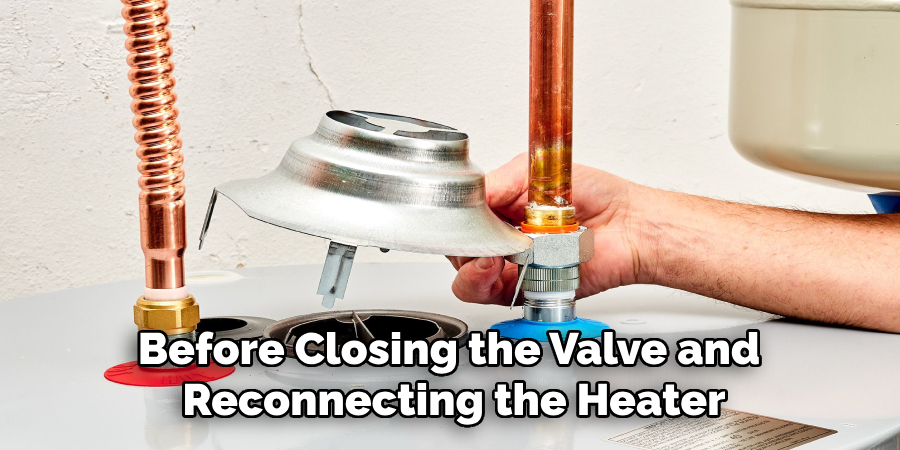
Following these steps on how to tell if electric hot water heater is on and how to properly maintain it can help ensure that you always have access to hot water in your home. Additionally, it is important to regularly check for any leaks or other issues with your water heater, as even small problems can escalate quickly if left unchecked.
Troubleshooting
If you suspect an issue with your electric hot water heater, there are a few steps you can take to troubleshoot the problem before calling a professional. First, check the power supply to ensure the unit is receiving electricity. Verify that the circuit breaker has not tripped and inspect the power cord for any visible damage.
Next, look at the thermostat settings to make sure they are correctly adjusted to your desired temperature. Additionally, examine the heating elements and reset button, as a tripped reset button could indicate an overheating issue. For any persistent problems, such as irregular water temperature or a complete lack of hot water, it may be necessary to consult with a licensed technician to diagnose and resolve the issue properly.
Frequently Asked Questions
Q1: How Often Should I Flush My Water Heater?
A1: It is recommended to flush your water heater at least once a year to remove any sediment buildup and ensure optimal performance. However, if you have hard water or notice changes in your hot water quality, it may be necessary to flush more frequently.
Q2: How Do I Know if My Water Heater Needs to Be Replaced?
A2: If your water heater is over 10 years old, has significant corrosion or leaks, and/or requires frequent repairs, it may be time for a replacement. It’s also important to consider the energy efficiency of your current water heater and how much money you are spending on utility bills. If you notice a significant increase in your energy costs, it may be time to consider a new, more efficient model. It’s always best to consult with a professional plumber for an inspection and recommendation for replacement.
Q3: How can I determine if it’s time to replace my water heater?
There are a few key factors to consider when determining if it’s time to replace your water heater. Age is often a good indicator – if your water heater is over 10 years old, it may be nearing the end of its lifespan and in need of replacement. Additionally, if you notice significant corrosion or leaks, or find yourself having to make frequent repairs on your current water heater, these are also signs that it may be time for a new one.
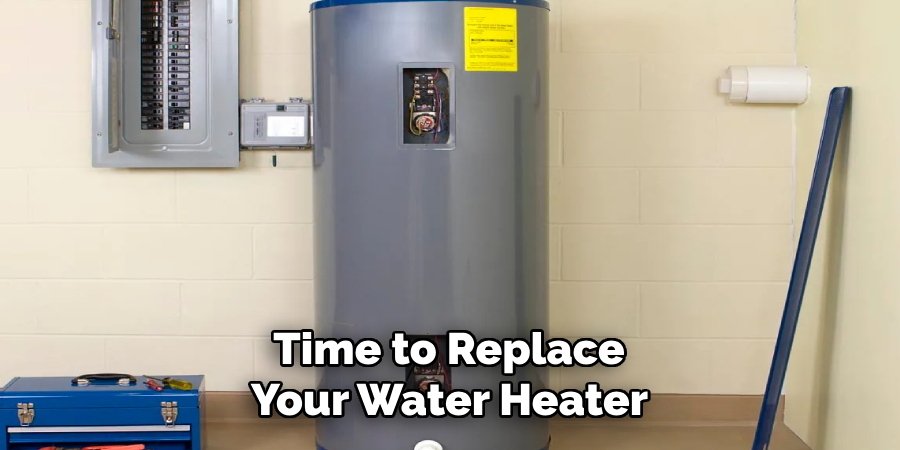
Conclusion
Replacing your water heater at the right time can save you from unexpected breakdowns and costly repairs. By paying attention to the age, condition, and performance of your unit, you can determine when it’s time to invest in a new water heater.
Taking proactive steps ensures continued access to hot water and can improve energy efficiency in your home. If you’re unsure, consulting a professional can help you make the best decision for your needs. Thanks for reading this article on how to tell if electric hot water heater is on.

